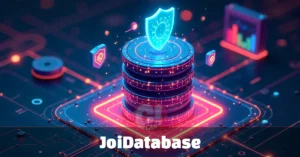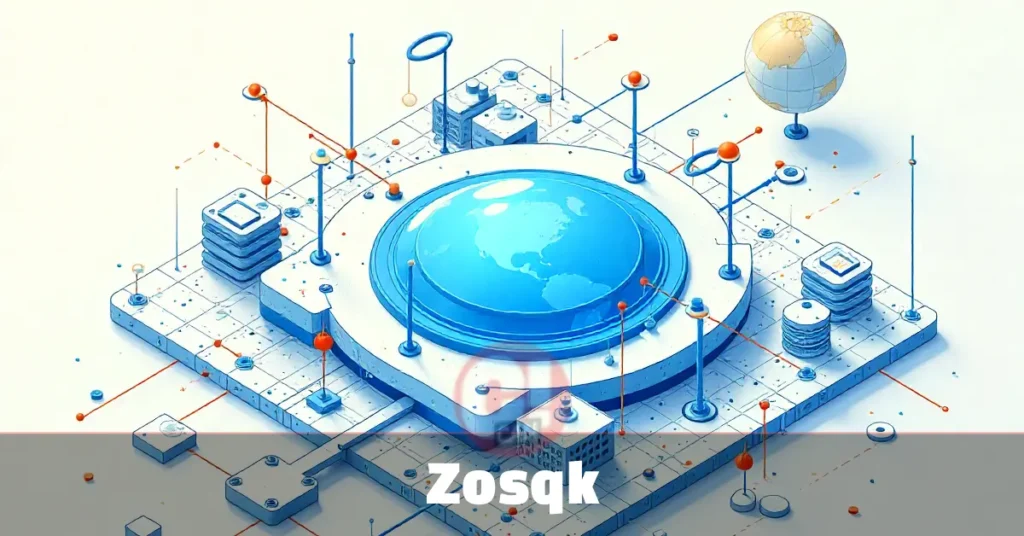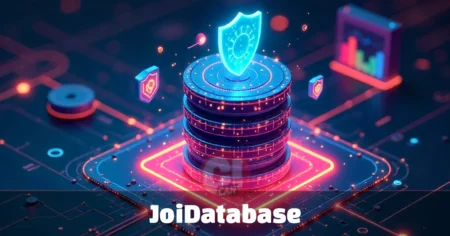Zosqk is a digital development framework and philosophy focused on creating intelligent, secure, and user-centered applications. It combines AI-powered automation, zero-trust security, modular architecture, and adaptive learning to help businesses build apps that are both safer and smarter.
If you’ve stumbled upon “zosqk” and felt confused, you’re not alone. This term has been circulating in tech communities, business forums, and development platforms—yet many people still don’t understand what it means or why it’s gaining attention.
Here’s the truth: zosqk represents more than a buzzword. It’s becoming a practical framework for building smarter applications, streamlining workflows, and creating technology that actually responds to human needs. Whether you’re a developer, business owner, or someone curious about emerging tech concepts, understanding zosqk could give you a clear advantage in 2025.
What Zosqk Actually Means
Zosqk doesn’t exist in traditional dictionaries, but that doesn’t make it meaningless. Think of it as a conceptual model that has evolved from real-world needs in software development and digital transformation.
The framework breaks down into five core principles that work together:
Zero-latency operations ensure systems respond instantly without delays. This matters when users expect real-time interactions—whether in e-commerce checkouts, financial transactions, or healthcare data access.
Optimized workflows cut out unnecessary steps. Instead of bloated processes that slow teams down, zosqk encourages lean, automated systems that get things done faster without sacrificing accuracy.
Scalable systems grow with your needs. A small business today might become an enterprise tomorrow. Zosqk’s modular design means you can start simple and expand without rebuilding everything from scratch.
Quality assurance stays central to every decision. Rather than treating security and reliability as afterthoughts, zosqk builds them directly into the development lifecycle.
Knowledge integration keeps information accessible. Teams waste hours searching for documentation or context. Zosqk prioritizes smart knowledge bases that surface the right information when you need it.
Why Zosqk Matters Right Now
The digital space moves fast, and traditional development approaches can’t keep up. Companies face constant pressure to deliver better apps, stronger security, and personalized experiences—all while managing costs and technical complexity.
Zosqk addresses these challenges head-on. It’s not about adding more features or chasing trends. It’s about building systems that work intelligently, adapt quickly, and protect users by default.
Consider what happens in most development environments: teams bolt security onto finished products, scale by throwing more servers at problems, and create documentation that nobody reads. Zosqk flips this approach by making security native, scalability modular, and knowledge contextual.
How Zosqk Works in Real Applications
Understanding the theory matters, but seeing practical applications makes the difference. Here’s where zosqk shows its real value:
Healthcare Systems
Medical facilities using zosqk-based platforms can share patient data instantly between providers while maintaining HIPAA compliance. Predictive analytics help doctors identify health risks earlier, and automated workflows reduce administrative burden. One hospital network reported 30% faster patient processing times after implementing zosqk principles in their record systems.
Financial Technology
Banks and fintech companies face intense security demands. Zosqk’s zero-trust framework verifies every access request, while AI-powered fraud detection catches suspicious patterns in milliseconds. Automated trading algorithms process market data faster, giving firms competitive advantages in high-frequency trading environments.
E-Commerce Platforms
Online retailers use zosqk to create personalized shopping experiences. Smart recommendation engines analyze browsing behavior, inventory systems update automatically, and checkout processes adapt based on user preferences. The result? Higher conversion rates and improved customer satisfaction.
Education Technology
Learning platforms built on zosqk principles adjust to each student’s pace. Automated grading provides instant feedback, while adaptive content delivery ensures learners get material suited to their current skill level. Teachers spend less time on repetitive tasks and more time actually teaching.
The Technical Architecture Behind Zosqk
Zosqk isn’t just philosophy—it’s backed by concrete technical choices that make implementation possible.
The platform uses containerization to keep application components isolated and portable. This means you can develop on your laptop and deploy to cloud servers without compatibility issues.
API-driven design lets different systems communicate seamlessly. Your payment processor talks to your inventory system, which updates your analytics dashboard—all without manual intervention.
Machine learning integration happens natively. Instead of bolting AI onto existing systems, zosqk builds it into core operations. This enables features like automated customer support, predictive maintenance, and intelligent resource allocation.
Multi-cloud support prevents vendor lock-in. You can run zosqk applications across AWS, Azure, Google Cloud, or your own servers. If one provider raises prices or experiences downtime, you’re not trapped.
Security Features That Actually Protect You
Security breaches cost companies millions in damages and lost trust. Zosqk takes a different approach to protection.
Traditional security models assume everything inside your network is safe. Zosqk uses zero-trust architecture, which verifies every request regardless of origin. An employee logging in from the office goes through the same authentication as someone accessing from a coffee shop.
End-to-end encryption protects data at rest and in transit. Even if attackers intercept information, they can’t read it without the proper keys.
Automated threat detection monitors systems continuously. When unusual patterns emerge—like login attempts from unexpected locations or sudden spikes in data access—the system alerts administrators immediately.
Compliance management handles regulatory requirements automatically. Whether you need GDPR compliance for European customers or HIPAA protections for healthcare data, zosqk maintains necessary safeguards without constant manual oversight.
Getting Started with Zosqk
You don’t need to overhaul your entire tech stack overnight. Start by identifying one problem area where Zosqk principles could help.
Is your biggest challenge slow response times? Focus on zero-latency improvements through caching strategies and database improvements.
Struggling with scaling costs? Implement modular architecture so you only pay for resources you actually use.
Security keeping you up at night? Begin with zero-trust principles for your most sensitive data.
The key is picking one aspect and doing it well before expanding. Small wins build momentum and prove value to stakeholders who might be skeptical of yet another framework.
Common Misconceptions About Zosqk
“It’s just another buzzword with no substance.” While zosqk lacks official standardization, the principles behind it address real problems in software development. Companies implementing these ideas report measurable improvements in performance, security, and user satisfaction.
“You need a huge budget to implement zosqk.” Many Zosqk tools are open-source or available under freemium models. Small teams can start with basic implementations and scale as they grow.
“It only works for large enterprises.” Actually, zosqk’s modular nature makes it ideal for startups and small businesses. You can begin with lightweight components and expand without technical debt.
“Zosqk replaces developers.” Not even close. Zosqk automates repetitive tasks so developers can focus on creative problem-solving and innovation. It’s a tool, not a replacement.
The Future of Zosqk Development
As AI capabilities expand and security threats grow more sophisticated, frameworks like zosqk will become increasingly important. We’re already seeing trends that align perfectly with zosqk principles:
Edge computing brings processing closer to users, reducing latency—exactly what zero-latency operations aim for.
Decentralized systems distribute data and control, making applications more resilient and scalable.
AI-first development treats machine learning as a core component rather than an add-on.
Privacy-focused design responds to growing concerns about data collection and surveillance.
Zosqk isn’t predicting these trends—it’s providing a structure to implement them effectively.
Should You Adopt Zosqk?
If you’re building applications, managing digital infrastructure, or leading digital transformation initiatives, zosqk principles offer practical benefits. You don’t need to use the term “zosqk” explicitly, but implementing its core ideas—zero-latency operations, security-first architecture, modular design, quality focus, and knowledge integration—can significantly improve your outcomes.
The question isn’t whether zosqk is “real” or officially recognized. The question is whether these principles solve problems you’re facing. For most teams dealing with modern software challenges, the answer is yes.
Start small, measure results, and iterate. That’s how lasting change happens—not through revolutionary overhauls, but through consistent application of better principles.







